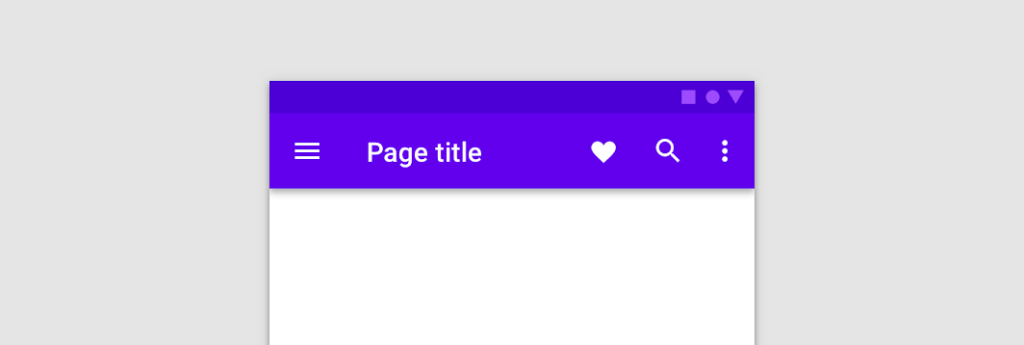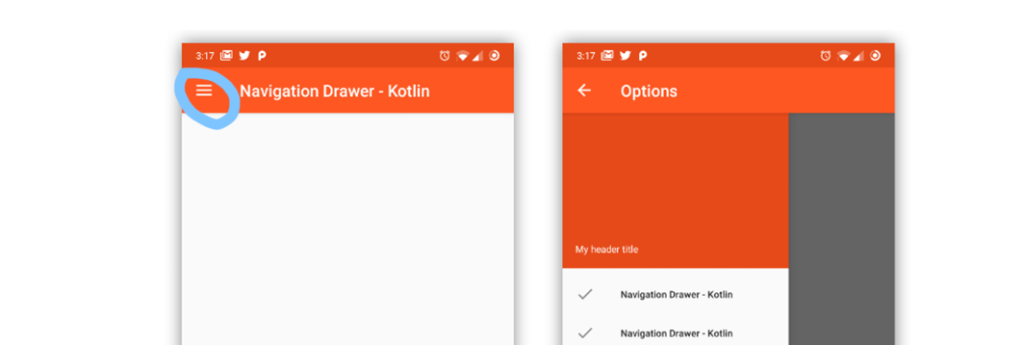Hie, it’s nice to meet you
Waving your arm from side to side is a “normal” way to greet people or say goodbye. Unless if you are in Japan or Latin America, which may mean you are saying no. In India it means you are saying, “Come here.” Holding up your forefinger in a bar in Germany means you are ordering two drinks. In Japan, the thumb counts as five. These are just different cultural norms that we take for granted but influence how we work and interact with each other both in formal and informal settings.
The above examples seem very bizarre when looked at from an African perspective. However, the very people who practice these traditions are the ones who create the software platforms we use on a daily basis and also teach us how to make apps. These platforms are imbued with their cultural norms and they also use elements of tradition to design user experiences.
The stars of excellence
A great example in software is the Google Play Store rating system. From a very young age, most cultures teach that 5 stars is good and 1 star is bad. A 5 star hotel is the best and a 2 star hotel is full of cockroaches. There are cultures around the world where 1 star is considered excellent and 5 stars means you suck.
This leaves a lot of our apps with very strange user reviews. You will get a user leaving a very positive comment that your app is the best and helped them so much, accompanied with a 1 star rating. This is a problem that Google has overlooked for a long time.
The UI/UX design conundrum
Amazon had a wild ride when they launched in India for the first time. Below is a screenshot of an Android app with a collapsed search bar. You need to click on the search icon for the search bar to show.

Amazon was left bewildered when people in India were not clicking on the magnifying glass icon to search for products. They then held customer polls for UI testing and most people said they thought the icon was a ping pong paddle. It made zero sense to them why a multi-billion dollar store would put an option to play a game on their home page. Amazon had to add an extended search bar with the icon plus text to indicate that you can initiate a search from there.
Coming back home
This simple example is how a product you make as an African developer can fail. You do not have the budget to conduct wide UI/UX research. You may put out an awesome mobile application and it would work with Europeans or people with exposure to that culture, but fail at home. This is a consideration most developers overlook. We tend to be ruled by guidelines created by Americans, Europeans and Asians. These guidelines seem clear and normal to people who grow up exposed to television.
As an African developer, you cannot ignore 60% of the continent’s population. These are people who live in rural areas and have very limited exposure to Eastern/Western culture. Age-X has an IsiNdebele App that performs average on the Play Store. Several users have left reviews saying that the App only contains 1 section and does not have any other useful content.
The image below shows device screenshots with a hamburger menu. For a lot of users, it is not intuitive to click on the hamburger icon to expand the menu that shows the several available sections to navigate to.

The IsiNdebele app was our only app to ever use the navigation drawer. It was an experiment for something that we already knew, hidden menus in apps are bad for African audiences. It is great that Google acknowledges the whole Navigation drawer thing was a poorly designed flop. You have to click twice to get to what you need and with gestures in new Android versions, swiping from the left became broken.
For us, this app is not part of our core apps, hence the leeway to experiment with it. If this was you creating what would be your major app for your service, you would fail and probably never know why. Your app will be awesome and contain amazing features, but hidden menus would ruin it. Such challenges would be easy to mitigate and prepare for. The issue with Africa is that user data is very scarce and not a lot of people collect it. The few who do will not share it with a nobody.
Each end of year (December) and mid year, we share sanitised data about usage of our apps. That is a report to look out for as it contains a lot of gold you can use when creating your own apps.
Keeping it simple
The rule of thumb for any app that you create for your African user base should be keep it simple. We already spoke about hidden menus. The challenge now becomes, “How do you keep your app simple, presenting every feature without hidden menus while also keeping a clean and simple UI?” The answer is dumb it down. Remember, when you make apps, you are not making them for you and your Star Trek watching nerd friends (if your friends are Star Trek over Star Wars, you need new friends). The end result may not be appealing to them, but they are not the target audience. The other 90% of the population that has limited computer knowledge covers your user base.
What we tend to do as we design our apps is to break people in. Start the app design with something very simple. Once the app gains traction, upgrade the UI and add more features and elements. Your older users are accustomed to the app and the few new changes wont overwhelm them. New user will be able to get help from the veteran app users and everyone wins. Do this gradually with each redesign maybe twice a year.
Common knowledge is relative and tied to cultural exposure
With this, we come to the issue of app updates. I spoke with Europeans awhile back and they were shocked to learn that in Africa you can run a business installing mobile apps on phones and updating WhatsApp. In their culture, it is a no brainer to open Google Play and just update all your apps. More than 60% of the people who use smartphones in Africa are unable to do this. This is something that you must also consider. It means your apps should have longer update schedules.
You may put out monthly updates for your app but you will just be wasting money and effort. Of the twelve updates you would publish in a year, a majority of your users will only see three or four of those. This is a great opportunity for you to work on your app in the background and publish two or three annual updates.
Keep it offline and have a small app bundle
Another barrier to the apps we create is data and how expensive it is in Africa. I penned a TechZim article about the average data costs in Africa. WhatsApp became a hit due to the cheap custom data bundle offered by Mobile Network Operators. This same reason is why an app that relies on an active internet connection will not do so well in Africa. People have a limited budget and once they buy WhatsApp data bundles, they are set for the month.
Our apps managed to strike a balance between providing information but presenting it in a way that allows the app bundle to be small to download. An app that is 100mb in size will greatly limit your audience. People may want your app but wont afford to download it. Age-X Apps currently have a user base of just over 300,000 per month. According to our current stats and user polls, only 30% of that are ever always connected to Wifi or have data bundles.
Do not ask us to sign up
There are apps from our local competitors that ask you to sign up before you use the app. We have failed to comprehend why a Highway Code App would have a sign up process. What is the point of me creating an account to practice for a theory road test and then delete your app and forget about it afterwards?
If you must have a sign up process, use phone numbers over emails. Assuming your target audience has email accounts is another surefire way for your app to love users.
These are some of the points to consider if you are aiming to create apps for Africa and dominate the marketspace.

When user feedback ruins a product – Age X Development
February 6, 2023[…] Sometimes people do not use a feature. Talk to them to find out why. Be sure you followed the design guidelines for your specific audience. […]